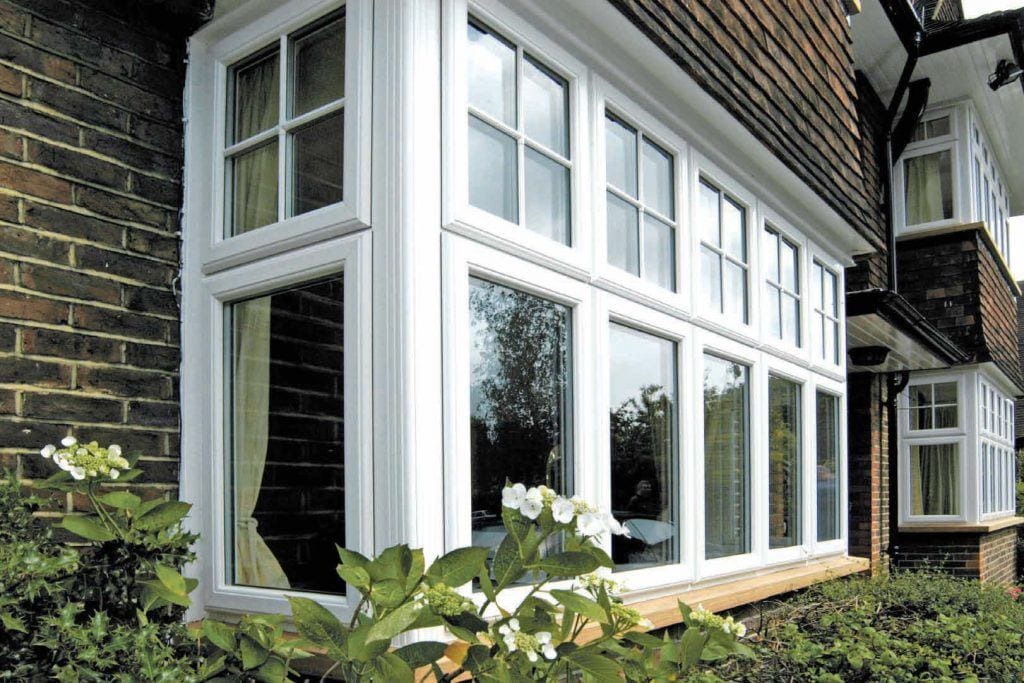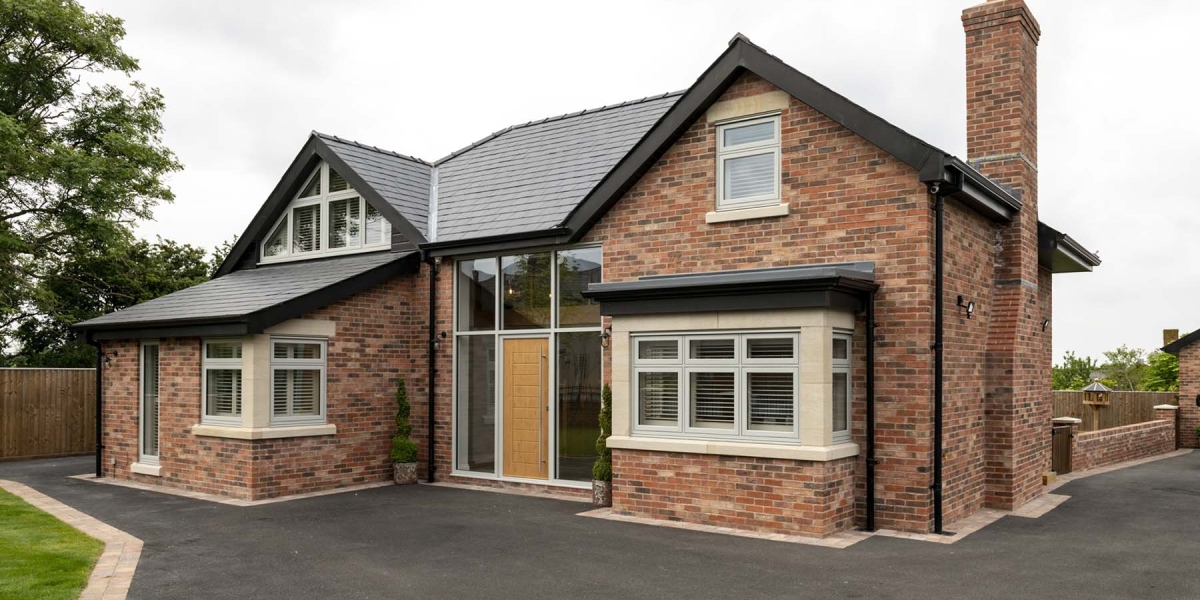Windows are an essential component of any building, offering natural light, ventilation, and a connection to the outside world. With advancements in technology and design, new windows have emerged that not only enhance the aesthetic appeal of a structure but also improve energy efficiency and comfort. This article will explore the different types of new windows available, their benefits, and considerations for installation.
Types of New Windows
When it comes to selecting new windows, homeowners and builders have a variety of options to choose from. The most common types of windows include:
- Double Glazing St Albans-Hung Windows: These windows have two sashes that slide vertically. They are popular for their classic look and ease of cleaning, as both sashes can be tilted inwards.
- Casement Windows: Hinged on one side, casement windows open outward, providing excellent ventilation and unobstructed views. They are often operated by a crank mechanism.
- Sliding Windows: These windows consist of one or more sashes that slide horizontally. They are ideal for spaces where vertical opening is not practical and are often used in modern designs.
- Awning Windows: Hinged at the top, awning windows open outward from the bottom. They are effective for ventilation and can be left open during rain, as they shield the opening.
- Picture Windows: Fixed windows that do not open, picture windows are designed to provide expansive views and allow maximum light into a room. They are often used in combination with operable windows.
- Bay and Bow Windows: These windows extend outward from the home, creating a nook inside. Bay windows typically consist of three panels, while bow windows have four or more, offering a panoramic view.
- Skylights: Installed in the roof, skylights allow natural light to enter from above. They can be fixed or operable and are a great way to brighten up dark spaces.
Benefits of New Windows
Investing in new windows can provide numerous advantages for homeowners and building managers. Here are some key benefits:
- Energy Efficiency: Modern windows are designed with energy efficiency in mind. They often feature double or triple glazing, low-E coatings, and gas fills that reduce heat transfer, helping to maintain a comfortable indoor temperature and lower energy bills.
- Enhanced Aesthetics: New windows can dramatically improve the curb appeal of a home. With various styles, colors, and materials available, homeowners can choose windows that complement their architectural style and personal taste.
- Increased Comfort: Quality windows can help eliminate drafts and cold spots, creating a more comfortable living environment. Properly installed windows also reduce noise pollution, contributing to a quieter home.
- UV Protection: Many new windows come with UV-blocking coatings that protect furniture, flooring, and artwork from fading due to sun exposure. This added protection can prolong the life of interior furnishings.
- Increased Home Value: Upgrading to new windows can enhance the overall value of a property. Potential buyers often appreciate energy-efficient features and modern aesthetics, making homes with new windows more attractive in the real estate market.
- Low Maintenance: Many modern window materials, such as vinyl and fiberglass, require minimal maintenance compared to traditional wood windows. They resist warping, rotting, and fading, making them a practical choice for busy homeowners.
Considerations for Installation
When installing new windows, several factors should be taken into account to ensure a successful project:
- Professional Installation: While some homeowners may consider DIY window installation, hiring a professional can ensure proper fitting and sealing. Improper installation can lead to air leaks, water intrusion, and reduced energy efficiency.
- Window Materials: Windows are available in various materials, including wood, vinyl, aluminum, and fiberglass. Each material has its own pros and cons in terms of durability, maintenance, and cost. Homeowners should consider their climate, budget, and aesthetic preferences when selecting materials.
- Energy Ratings: Look for windows with energy performance labels, such as the National Fenestration Rating Council (NFRC) ratings. These labels provide information about the window's energy efficiency, including U-factor (insulation), solar heat gain coefficient (SHGC), and visible transmittance (VT).
- Local Building Codes: Ensure that the new windows comply with local building codes and regulations. This may include considerations for safety, energy efficiency, and structural integrity.
- Budget: New windows can be a significant investment, so it’s essential to establish a budget before beginning the project. Consider not only the cost of the windows themselves but also installation, potential repairs, and any additional features.
- Window Orientation: The orientation of windows can affect energy efficiency and comfort. South-facing windows may benefit from shading to reduce heat gain in summer, while north-facing windows may need to maximize sunlight.
Conclusion
New windows are a valuable investment for any home, providing benefits that extend beyond aesthetics. With a wide range of styles and materials available, homeowners can choose windows that enhance their living space while improving energy efficiency and comfort. By considering factors such as professional installation, materials, and energy ratings, homeowners can make informed decisions that will lead to a successful window upgrade. Whether building a new home or renovating an existing one, investing in new windows is a step towards creating a more comfortable, energy-efficient, and visually appealing environment.







